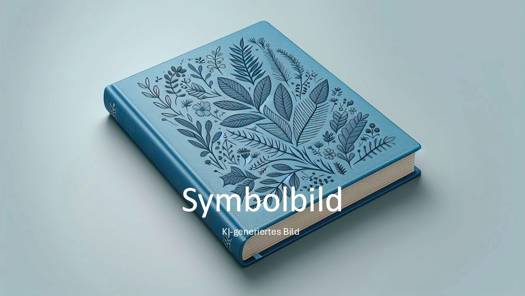
- Afhalen na 1 uur in een winkel met voorraad
- Gratis thuislevering in België vanaf € 30
- Ruim aanbod met 7 miljoen producten
- Afhalen na 1 uur in een winkel met voorraad
- Gratis thuislevering in België vanaf € 30
- Ruim aanbod met 7 miljoen producten
Zoeken
Byzantium in the 16th Century
Constantinople and Its Afterlife: Topography, Institutions, Reception
Hardcover | Engels | Römisch Germanisches Zentralmuseum / Byzanz zwischen Orient und Okzident | nr. 31
€ 60,95
+ 121 punten
Omschrijving
The fact that elements of the tangible and intangible heritage of Byzantine Constantinople were preserved as the city's urban layout was gradually transformed during the decades after the Ottoman conquest of 1453, is well known to international scholarship. Yet, the nature of this transformation and the degree to which the Byzantine background affected 16th-century realities is possible through the thorough study of an array of texts, careful examination of the material remains still visible in modern Istanbul, and a close focus on the diverse institutions active in the Ottoman capital.
Specificaties
Betrokkenen
- Uitgeverij:
Inhoud
- Aantal bladzijden:
- 150
- Taal:
- Engels
- Reeks:
- Reeksnummer:
- nr. 31
Eigenschappen
- Productcode (EAN):
- 9783884673720
- Verschijningsdatum:
- 14/04/2025
- Uitvoering:
- Hardcover
- Formaat:
- Genaaid
- Afmetingen:
- 216 mm x 15 mm
- Gewicht:
- 1283 g

Alleen bij Standaard Boekhandel
+ 121 punten op je klantenkaart van Standaard Boekhandel
Beoordelingen
We publiceren alleen reviews die voldoen aan de voorwaarden voor reviews. Bekijk onze voorwaarden voor reviews.







